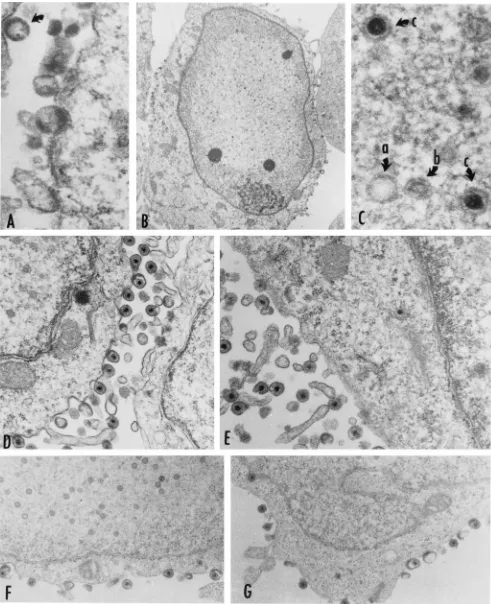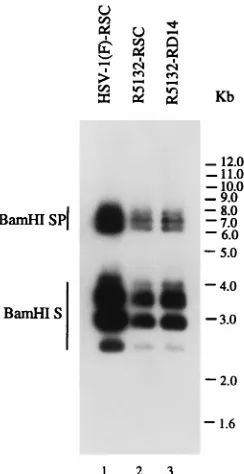The null mutant of the U(L)31 gene of herpes simplex virus 1: construction and phenotype in infected cells.
Full text
Figure




Related documents
Detailed mapping studies identified three major determinants in the nonstructural region, at nsP1 538 (Ile to Thr; avirulent to virulent), an 18-amino-acid deletion in nsP3
long time, it can lead to a significant depletion of potassium stores in the body(48). This kind of hypokalemia is mostly mild or absent, the reason being that both the.. increase
Deficit irrigation (79% of predicted ET) under field conditions produced a 31.5% improvement in gross production water use index (GPWUI = Yield / Total water applied
However, in the presence of hepatitis delta antigen (HDAg), which is the only protein encoded by HDV RNA, the HDV RNA was translocated into the nucleus, suggesting that nuclear
We have identified a region of the herpes simplex virus major DNA-binding protein (ICP8) which is involved in cooperative binding to single-stranded DNA.. This has been accomplished
HSV-1-mediated induction of the NF-KB and HLP-1 pro- teins is altered in ACV-treated cells, we used the electro- phoretic mobility shift assay to analyze the binding of nuclear
Purified 3CDPl°M (M designates the cleavage site mutant 3CDPr' T181K) was capable of cleaving the P1 capsid precursor, a peptide representing the 2BC cleavage site, and the
SIVmac251 infection enhancement was assayed in the presence and absence of a 1:750 dilution of day 270 plasma from macaque 662 and twofold serial dilutions of human or macaque sera